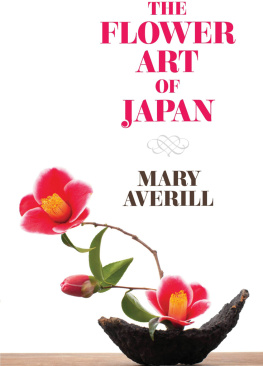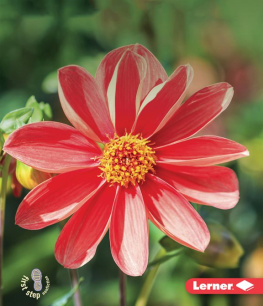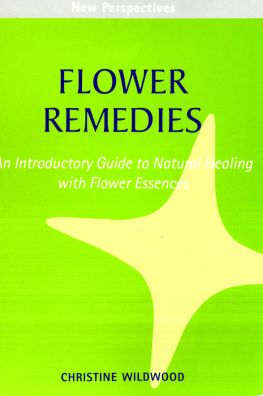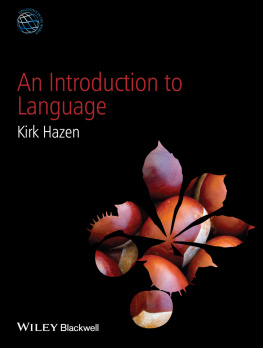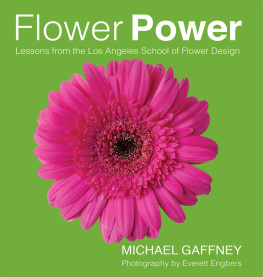Mary Averill - The Flower Art of Japan
Here you can read online Mary Averill - The Flower Art of Japan full text of the book (entire story) in english for free. Download pdf and epub, get meaning, cover and reviews about this ebook. year: 2018, publisher: Dover Publications, genre: Children. Description of the work, (preface) as well as reviews are available. Best literature library LitArk.com created for fans of good reading and offers a wide selection of genres:
Romance novel
Science fiction
Adventure
Detective
Science
History
Home and family
Prose
Art
Politics
Computer
Non-fiction
Religion
Business
Children
Humor
Choose a favorite category and find really read worthwhile books. Enjoy immersion in the world of imagination, feel the emotions of the characters or learn something new for yourself, make an fascinating discovery.
- Book:The Flower Art of Japan
- Author:
- Publisher:Dover Publications
- Genre:
- Year:2018
- Rating:3 / 5
- Favourites:Add to favourites
- Your mark:
- 60
- 1
- 2
- 3
- 4
- 5
The Flower Art of Japan: summary, description and annotation
We offer to read an annotation, description, summary or preface (depends on what the author of the book "The Flower Art of Japan" wrote himself). If you haven't found the necessary information about the book — write in the comments, we will try to find it.
The Flower Art of Japan — read online for free the complete book (whole text) full work
Below is the text of the book, divided by pages. System saving the place of the last page read, allows you to conveniently read the book "The Flower Art of Japan" online for free, without having to search again every time where you left off. Put a bookmark, and you can go to the page where you finished reading at any time.
Font size:
Interval:
Bookmark:


THE
FLOWER
ART
OF
JAPAN


THE
FLOWER
ART
OF
JAPAN

MARY AVERILL
DOVER PUBLICATIONS, INC.
Mineola, New York
Bibliographical Note
This Dover edition, first published in 2018, is an unabridged republication of the work originally published by John Lane Company, New York, and John Lane, The Bodley Head, London, in 1915. The original color frontispiece and the front and back endpapers have been reproduced here in black-and-white.
International Standard Book Number
ISBN-13: 978-0-486-82418-5
ISBN-10: 0-486-82418-7
Manufactured in the United States by LSC Communications
82418701 2018
www.doverpublications.com
TO ALL WHO LOVE FLOWERS SILENT EXPONENTS OF THE BEAUTIFUL
INTRODUCTION
S INCE the friendly greeting of Japanese Flower Arrangement I feel justified in supplementing and completing the subject.
In the first treatment of an art so little known, one hardly dares venture beyond the rudiments. Now, however, being assured that there are those as interested as myself, I shall endeavor to carry them farther in this delightful study, only wishing that it were possible to create a stronger desire on the part of my readers to apply these Japanese ideas practically. For gradually we discover by the constant study of our flower arranging that we are beautifying all that touches our lives.
The difficult problem of elimination becomes simplified and we find our possessions in the way of household belongings placing themselves more attractively as the final result of closer application to this art.
With each return to Japan, I have longed to become a convert to one school of flower arrangement in particular. Still the deeper I probe into the numerous schools I find it utterly impossible to advocate any one school exclusively. There is good and valuable information to be found in them all. The various schools of flower arrangement are like the different creeds of the Christian religion: agreeing in the essentials and only disagreeing in the non-essentials; the points of difference creating the possibility to form new schools. On occasions I have found myself narrowing down to the research of one school, when suddenly I have had my attention called to some principle or suggestion from another school, so practical and valuable in enhancing the beauty of the arranging of cut flowers, that in spite of the assurance of the many masters at whose feet it has been my privilege to sit, that their particular school contains all the virtues, I cannot honestly agree with them. I have narrowed down after many years of study on each school, to a very small number of schools, but, should I attempt to settle upon one only I would defeat my purpose and pleasure of bringing to the people of my own land the best and most helpful suggestions in this Japanese Flower Art.
All the schools can be divided under two heads: those producing wonderful decorative effects, and those which exhibit natural taste.
The two schools which follow nature most closely are Ikenobu and Ko-Shin-Ryu. It is to these two schools I owe my greatest inspiration. Both of these schools look upon nature as the most helpful guide in forming their rules and producing their most pleasing results. Ikenobu has enjoyed, and I feel deservingly, unbroken popularity from 700 A.D. to the present time.
Whereas Koshin Ryu has lost in favor, there being only one Master of that school now in Kyoto, while there are forty teachers in the Ikenobu school. Although this Koshin Ryu Master is remarkably skilful, he has few followers, Ikenobu being the most flourishing school of the present day in both Tokio and Kyoto. Koshin Ryu is no longer taught in the Ginkaku-ji where it originated, yet Ikenobu still is being taught at the Rokakudo.
Having studied Ko-Shin-Ryu longer than any other school, I have always felt a pride in knowing it originated in the Ginkaku-ji so loved by Yoshimasa, Japan's most famous patron of art. I regret keenly that instruction has been discontinued in this most interesting temple.
Yoshimasa built Ginkaku-ji as a place of retirement after abdicating the throne, accompanied there by his two favorites, Soami and Shuk, and by this famous trio Flower Arrangement and the Tea Ceremony were raised to the rank of fine arts. It was my great privilege to visit this temple last summer with the Ko-Shin-Ryu Master before mentioned, and sit with him inside the enclosure which holds Yoshimasa's image, while he made a very beautiful flower arrangement, which was left as an offering in front of this simple wooden figure.
Exhibitions of Flower Arrangement are held frequently, much as the exhibitions of paintings are given in this country. On these occasions all schools are represented. In my last visit to Japan I found that each school had developed a new school, known as Moribana, a modern departure from true Japanese principles and an attempt to follow European and American styles, which is anything but pleasing. Any Japanese now taking flower lessons learns with the Japanese methods the foreign style, the result being more careless and less beautiful effects in his Japanese arrangements and nothing worth while in foreign style. This, of course, is due to the progress of Western civilization, as the people of Japan are at present adjusting their lives, manners, and customs to those of Western peoples. Yet the fact remains now, as centuries ago, that no other nation so genuinely loves flowers.
What I saw only a few months ago in Kyoto proved this to be true.
Walking one morning, I met a Japanese pulling a cart heavily laden. I saw him look intently at a sluggish stream by the roadside. On a most unattractive pile of refuse was lodged a spray of flowers. His cart was loaded in such a manner that he could not merely drop the shafts, but was obliged to brace them in a cleft in some rocks on the other side of the road. He then took a long stick and fished out the flowers, but, as he reached over to take them in his hand, the petals all fluttered back into the stream. He simply laughed and tossed the twig after the flowers.
This man was the lowest type and accustomed to the hardest labor, yet even to him the beauty of flowers appealed.
Is it strange, therefore, that we look to the Japanese nation for a perfect arrangement of the flowers they so truly appreciate?
CONTENTS
LIST OF ILLUSTRATIONS
THE
FLOWER
ART
OF
JAPAN

THE FLOWER ART OF JAPAN
CHAPTER ONE
CHOICE OF FLOWERS
T HE choosing of flowers to be arranged is as important as the manner in which you are to group them. When it is possible to select from one's own garden, realizing where the flowers are to be placed before gathering, the grouping in a vase afterwards will be very rapid and satisfactory. The novice in this Japanese system will, I think, be amazed to find how frequently the lines which were described in Japanese Flower Arrangement as Heaven, Man, and Earth are found to be natural in trees and flowers, so that no bending or changing of line will be necessary.
Font size:
Interval:
Bookmark:
Similar books «The Flower Art of Japan»
Look at similar books to The Flower Art of Japan. We have selected literature similar in name and meaning in the hope of providing readers with more options to find new, interesting, not yet read works.
Discussion, reviews of the book The Flower Art of Japan and just readers' own opinions. Leave your comments, write what you think about the work, its meaning or the main characters. Specify what exactly you liked and what you didn't like, and why you think so.

